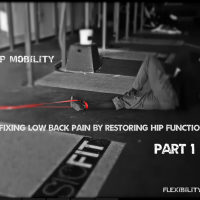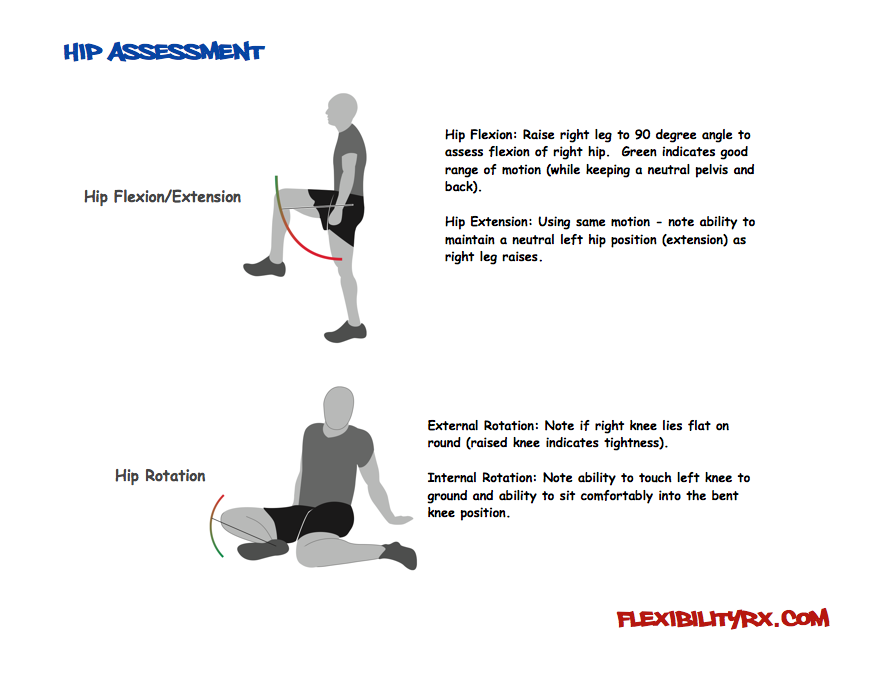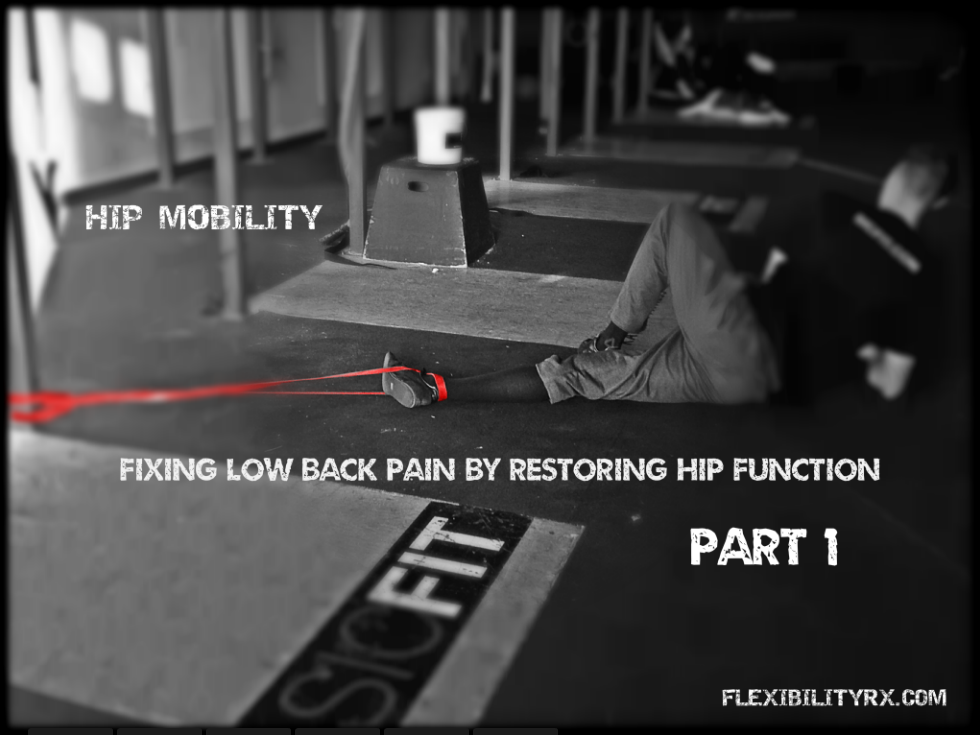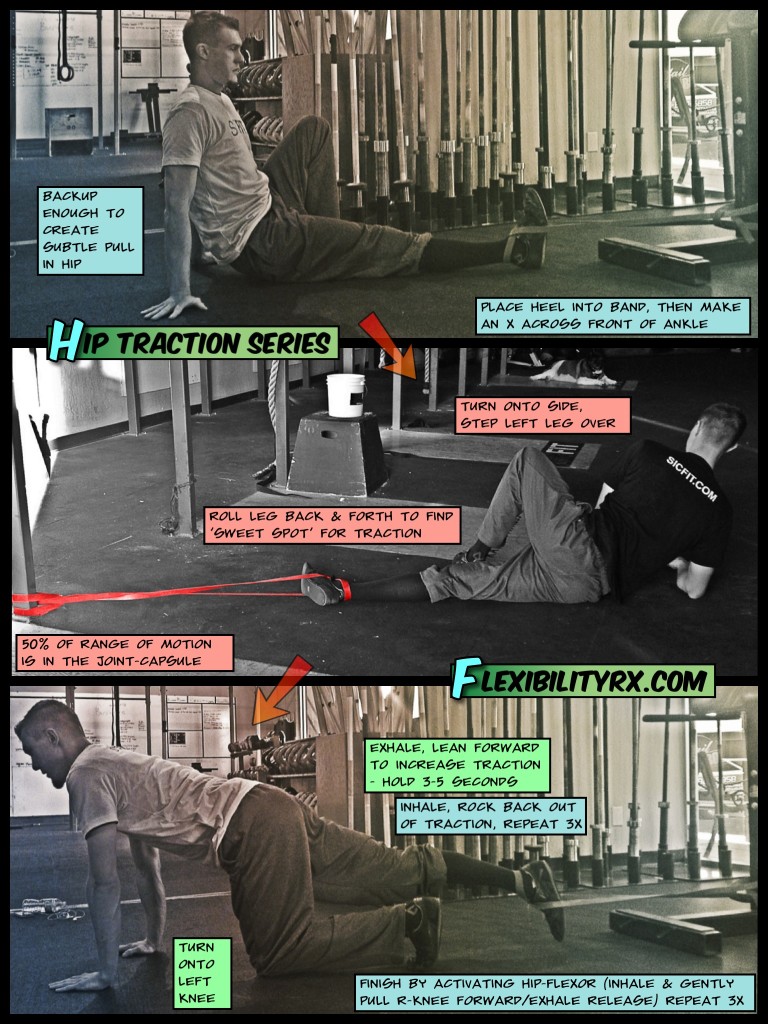
Low Back Pain and Hip Mobility
Fixing Low-Back Pain by Restoring Hip Function part 1
Whether you are just trying to ‘get through’ another grueling workout, attempting a ‘PR’, or working on your technique – the last thing you want on your mind is an achy back. While low-back pain has many different causes one of the most common problems in the gym is a faulty movement pattern where the low back moves instead of the hips.
When the low back is repeated over-extended (deadlifts, overhead lifts) and/or taken into excessive flexion (rounding at the bottom of the squat) inflammation and pain become more common.
Hip Extension = standing posture, lockout position of the deadlift, low-back position during overhead presses
Hip Flexion = both legs at the bottom of the squat, front leg/hip position during a lunge, pulling one knee to your chest while standing
Here are the first three considerations you can immediately test and correct to restore hip movement.
3 Steps to Restoring Hip Function
#1: Improve Hip Mobility
#2: Restore Hip Extension
#2: Restore Hip Flexion
Poor hip mobility and faulty movement patterns cause the low back to take on the work of the hips. The low back needs to be stable as the hips move into both extension and flexion. Excessive arching of the low back (extension) and rounding (flexion) are common causes of low-back pain.
#1: Improve Hip Mobility
Lack of hip mobility causes movement to occur at the low back. The low back should be stabile as the hips move into flexion and extension. The bottom position of the squat takes the hips into flexion. This position requires good hip flexion and rotation to prevent the hips from rounding and the low back from flattening (losing its normal curve).
“Loss of function in the joint below–in the case of the lumbar spine, it’s the hips–seems to affect the joint or joints above. In other words, if the hips can’t move, the lumbar spine will. The problem is the hips are designed for mobility, and the lumbar spine for stability. When the intended mobile joint becomes immobile, the stable joint is forced to move as compensation, becoming less stable and subsequently painful.” – Gray Cook
A quick way to restore hip mobility for hip flexion/extension and rotation is traction to decompress the joint-capsule itself (hip traction series).
 Assess your hip flexion, extension, and rotation before applying the hip traction series. Retest your range of motion afterwards.
Assess your hip flexion, extension, and rotation before applying the hip traction series. Retest your range of motion afterwards.
Part two of this three-part blog will focus on improving hip extension.
– Kevin Kula, “The Flexibility Coach” – Creator of FlexibilityRx™ – www.FlexibilityRx.com
Related Resources
Gray Cook: The Joint-by-Joint Approach by Mike Boyle (link)
FlexibilityRx: Hip Mobility Sequence (link)
Tags: hip extension, hip flexion, hip internal rotaton, hip mobility, low-back pain, squats


Leave A Reply (No comments so far)
You must be logged in to post a comment.
No comments yet